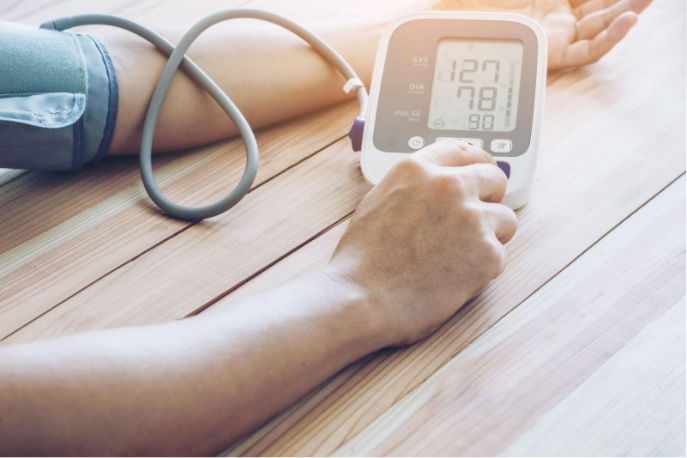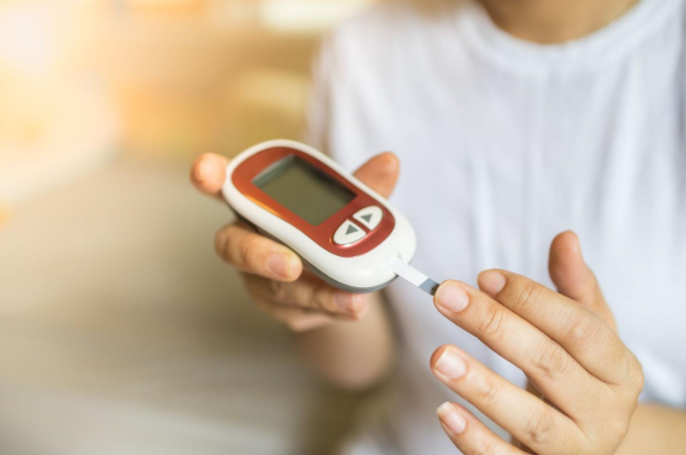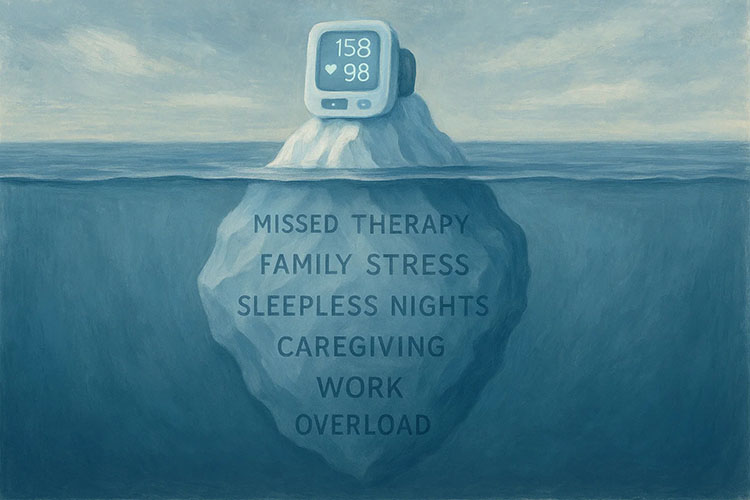
With Remote Patient Monitoring (RPM) being the new trend many practices are using , knowing which devices are included in the list of top Remote Patient Monitoring devices will most help patients with Chronic Conditions. Knowing the differences can improve the quality of life for monitoring patients with different remote monitoring devices.
The best long-term solution to increasing costs of healthcare is to decrease the demand for healthcare by decreasing the number of services and procedures patients need. Proactively addressing health issues before they become major events can be done through RPM. There are many opportunities to use Remote Patient Monitoring devices, including hospitals, home care, and rehabilitation centers. Probabilistic modeling has shown that Remote Patient Monitoring devices can reduce emergency department visits.
RPM is a healthcare approach that relies on large amounts of consistent and reliable patient data to tailor prescription and treatment decisions for better outcomes.
Blood pressure cuffs
Blood pressure cuffs calculate a patient’s heart rate and blood flow by measuring changes in artery motion. The Bluetooth blood pressure cuff is like the one we’ve used before at the doctor’s—the key difference is that it sends the patient data through HIPAA compliant, encrypted data flow to a clinician for review.
This monitoring technology allows at-risk patients to provide daily data without “white-coat syndrome”. This data can be useful for patients with many chronic conditions.
The Bluetooth Remote Patient Monitoring device blood pressure cuff has become a popular home health device. It can be taken anywhere, and it is more accurate than an old-fashioned manual blood pressure cuff. It is a great way to monitor your blood pressure at home, or on a vacation.

Glucose Meter
Glucose meters test a patient’s blood sugar through a small drop of blood placed on a test strip that is connected to the device. The blood sugar level is sent to a medical professional who can compare it to previous daily readings. As a person with diabetes, you are obligated to frequently test your blood glucose levels. If the levels are too high, you will need to take insulin or other medications to keep the levels from rising even higher. If the levels are too low, you will need to eat or drink something sugary as soon as possible in order for your blood sugar level to rise.
Type 1 diabetes is a disease that causes a person’s pancreas to stop producing insulin, requiring them to take insulin shots or wear a pump or eat a special diet to stay alive. Knowing vital signs daily is a key step in staying healthy and proactively spotting trends in a patient’s health.

Pulse Oximeter
The pulse oximeter is a non-invasive clip attached to the patient’s finger (or occasionally earlobe) to measure light wavelengths that determine blood oxygen level– how much oxygen is circulating in the patient’s red blood cells.
This is done by shining an infrared light through the skin and measuring the attenuation of that light as it passes through a person’s vascular system. The oximeter then displays two values: one for the arterial oxygen saturation, which is how much oxygen is in your arteries, and one for the venous oxygen saturation, which is how much oxygen is in your veins.
The Pulse Oximeter is one of the top Remote Patient Monitoring devices and, with this device, patients can get round-the-clock readings at home. With this device, patients can see if they have any symptoms or warning signs of a potential heart attack, stroke, or breathing problems. This is important for when they sleep. The pulse oximeter records a patient’s pulse rate. This information helps a physician monitor the patient’s stability.

Wearables
Often not remembered as an RPM device, wearables are small, lightweight devices that people wear on their wrists like a watch or around their waist like a belt.
These devices are connected to smartphones and send information to the system about how active the wearer is throughout the day. They can calculate how many calories the wearer has burned. Some wearable devices can also track an individual’s sleep patterns, which can be useful for patients with chronic conditions that affect their sleep.
These wearables have additional healthcare applications to detect any abnormality or change in heart rate, breathing rate, or other vital signs. Wearable devices have the potential to help cardiac patients monitor their own condition and provide feedback to their wearer’s health care providers.

Scale
Bluetooth scales enable the patient to track changes in their weight. When the scale’s readings are monitored by a healthcare professional, any extreme changes in weight will be immediately noticed. This can help prevent obesity or severe weight loss because of an underlying issue. Programs can be adapted to address weight changes, and to ensure symptoms are not worsening, and if they are, to intervene.
For CHF patients especially, where weight fluctuations are often a result of water retention, this is essential to spot the changes in weight. Gain control over patient-reported symptoms of dyspnea, fatigue, and anxiety.
Digital scales enable healthcare organizations to track weight changes directly and better identify potential symptoms that may be related to fluid retention or anemia. This is relevant for people who recently had a major surgery. The patient can also use the scale for self-monitoring of their condition and progress against recommendations from their clinician.
This remote patient device has applications for patients with chronic conditions. Weight control can help maintain a healthy lifestyle while they are balancing both their physical and mental health.

Conclusion
The benefits of Remote Patient Monitoring devices are multifaceted. Besides the convenience factor, there are some other key benefits for patients and providers.
Patients save time and money by being able to be monitored remotely from home or another location instead of having to travel back-and-forth from work or home visits. Providers have more options for care, including 24/7 access to current patient information. .
Patients can manage their schedules with virtual visits. Remote Patient Monitoring devices also have the potential to decrease hospitalization and rehospitalization, which benefits both patients and providers. There are few potential downsides to Remote Patient Monitoring devices, especially when compared to the many positive benefits of RPM. However, there is a risk of losing in-person physical contact with providers, which has been shown to have positive effects on patients and their outcomes. RPM cannot replace all office visits, but it is a valuable tool to improve outcomes, lower costs, gain greater information and offer greater convenience.
Medek RPM is one of the fastest growing RPM companies in the US. See how Medek RPM can help your practice today.





